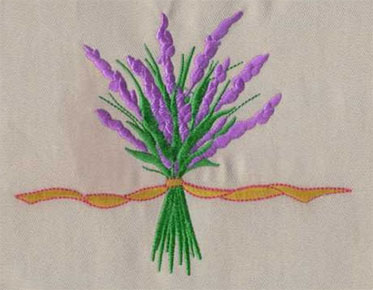3 Best Tips from Eagle Digitizing for Perfect Applique Lettering
What is the first thing that comes to your mind when you think about applique? Are you thinking of how to make the most out of a garment? Or are you wondering how to design a fabric by yourself by using the right techniques? You probably think that only applique experts can do this, but you should know that it’s not true! You can learn how to create your own beautiful appliques with Wilcom Software.
Introduction:
The given content can solve your problem and help you learn the basics of design and traumatize it on any fabric. Make an image of a craft letter with a cross stitch letter pattern, where the patch of the cross stitch letter, sewn onto a larger piece of decorative needlework done is a applique.
Therefore, I researched and mentioned the simplest techniques and methods for the best applique letters to form unique and elegant goods
I am heading to convey the simple tips given below to repair the embroidery font crossed and frayed areas of the material or things molded. A lot of it is the depth of your cross stitch letter pattern or style.
A beginner's guide to trying applique:
It is important to shrink the material before starting the applique style. Natural fibers such as cotton, rayon and silk all shrink at completely different levels after washing. Artificial fibers can be reduced slightly. Avoid raven materials, such as damask materials for cross-stitched letter patterns.
Sketch or print design:
Embroider a letter font of your choice onto paper for layered applique by selecting an example. Use lightweight liquefied mesh to make overall wearable clothing or craft letters with little wear and tear.
To correctly trace a mirror image of wilcom or other reasonably embroidered writing font onto cloth by applique tracing. Carefully cut applique items will be visible as the finished look is on things.
Politely use a hot iron while dragging the iron over the applique letter to attach it to the cloth. Choose any of the larger pin stabilizers (muggy stabilizers) that applique styles apply behind.
Stitch applique letters used to anchor your cross style with a completely different ancient chosen material by cross-sewing to minimize wear and tear on the zig-zag handicraft pattern you will follow. The best way! Choose a straight seam for an embroidery font.
Three techniques for improving applique:
Are you looking for a shorthand technique that enhances applique using a completely different craft design to provide good applique letters?
1) Hunting techniques:
You can provide a woolen edge cross-stitched alphabet, patterned with a neat swish look at the end with embroidered fonts. Thread is used on handicrafts. It should be long and the price can be rewarded.
A popular technique, pre-cut form, zigzag sewing creates the final look for tense sewing letters and fixings. Sewing the raw edges of the lettering will produce an elegant look without extra effort. Decorative sewing is used to display garments and banners with embroidered lettering. The style of your sewing letters is excellent for square measurement, experimental yet suitable for those who feel comfortable and square measurement sewing machine masters.
2) Hoop design:
Hoop styles are definitely designed by multi-stitch applique to get the correct cross stitch letter pattern. Embroidered lettering may seem to have been added with this lovely technique. Layering embroidery stitches for letters in a pattern, cutting the fabric residue to reveal its actual form.
3) Save a lot of time:
The liquified mesh technique, usually an ironing adhesive, was used to form the writing font for embroidery. Shape and font Square measurements on cloth are mixed using mesh ends with robotic handicrafts that hold objects and provide decorative ends.



